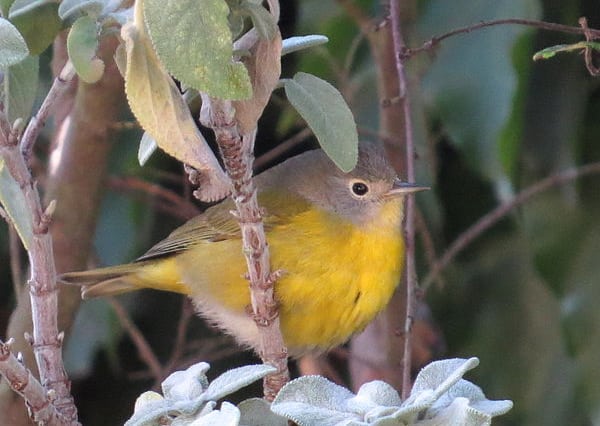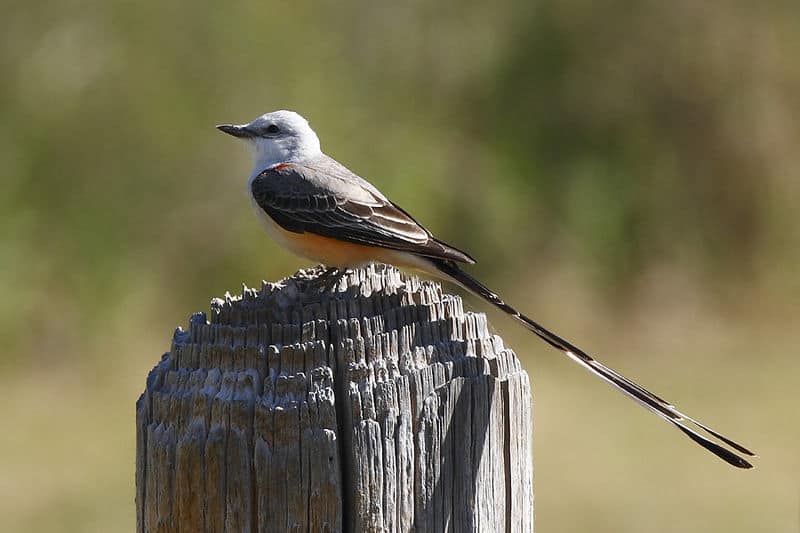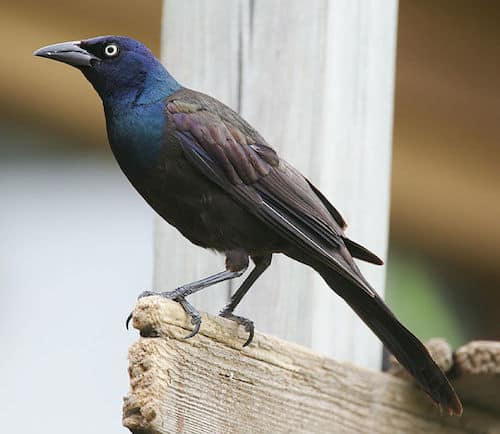Look For
The Nashville warbler’s brightest color is a warm yellow on its breast and belly going up into its throat. Its head is a frosted gray that is peppered with small brown feathers. The warbler’s back is a dullish olive green and the eyes are ringed with a defined white.
Listen For
The song of this warbler is broken up into two parts: the first is a clear, two-toned repeated sequence, and the second part is a trill. The whole song sounds like teebee teebee teebee chipper chipper chipper. The call is a singular chip.
Find It
This bird breeds in two locations. The northeastern breeding range extends from the northeastern corner of the United States to central Canada. The western breeding range is in an isolated strip of the Pacific Northwest Mountains. They breed in deciduous or coniferous forests. The woods along the edges of streams or cool bogs also draw the Nashville warbler.
Feeding Behavior
The Nashville warbler eats insects year round almost exclusively. The females will forage from the ground to mid-tree to keep closer to the nest while the males will forage from mid-tree to the canopy. They glean from the tips of the branches and from the underside of leaves. It also plucks insects from the ground so it can take and eat it while perched.
Nesting Behavior
The nest is usually constructed in a more open area but covered by close thickets and smaller trees. The female will build the nest with grasses, pine needles, and bark while the male sings close by. The inside of the nest is lined with moss, hay, and animal hair. The 3 to 6 eggs the warblers have will be white with small brown spots.
Wow!
Uniquely, Nashville warblers will use porcupine quills for their nests if available.




